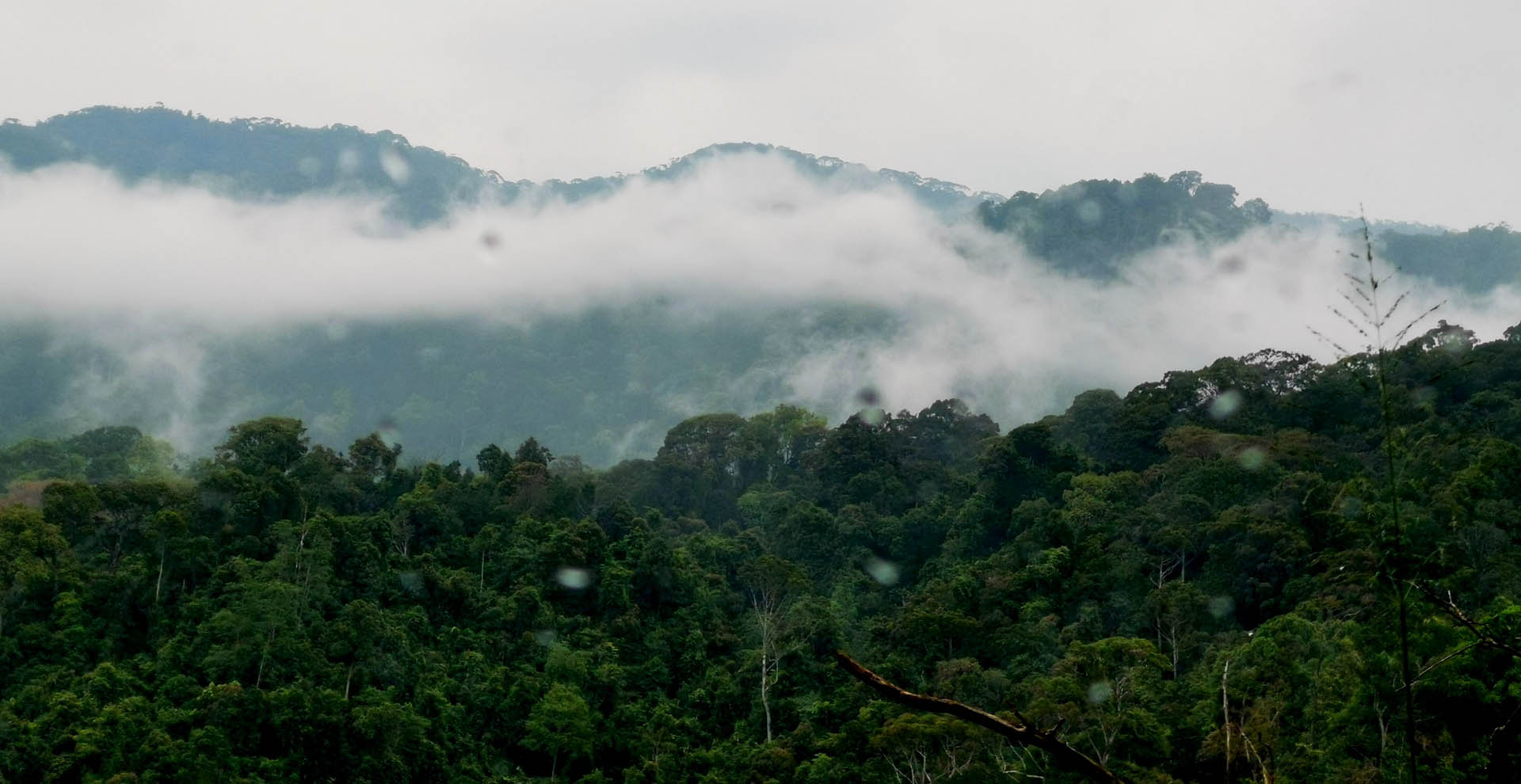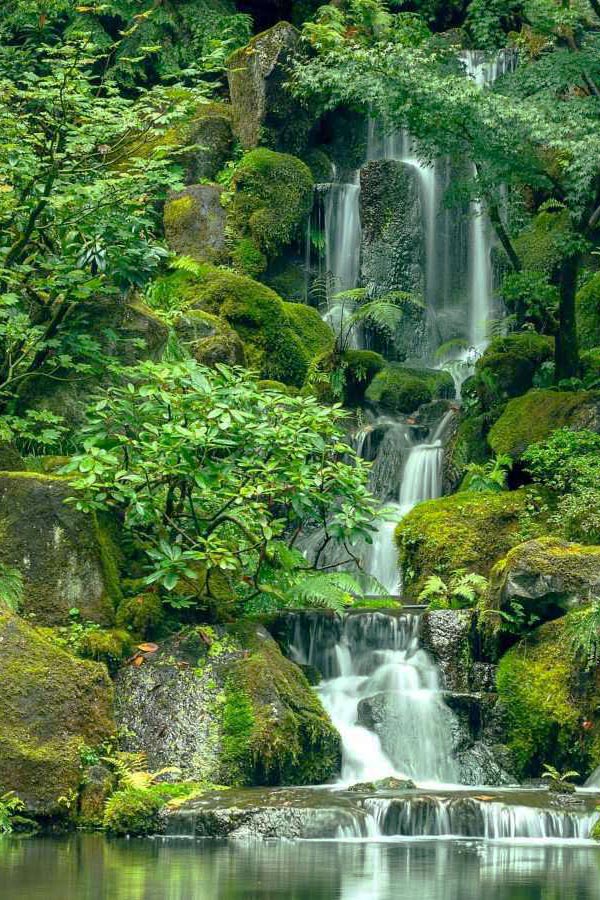A Pristine Biodiversity Jewel in Sri Lanka. (Sinharaja Forest)
Sinharaja Forest Reserve is a national park situated in Sri Lanka, known for its exceptional biodiversity. UNESCO has recognized it as both a Biosphere Reserve and a World Heritage Site. This hilly virgin rainforest, which is part of the Sri Lanka lowland rainforests ecoregion, was spared from extensive commercial logging due to its inaccessibility. In 1978, it was designated as a World Biosphere Reserve. Ten years later, in 1988, it was officially declared a World Heritage Site. The reserve’s name, meaning “Lion Kingdom,” is quite fitting for this wildlife sanctuary.
A Compact Haven for Unique Wildlife.
The reserve is relatively small, covering only 21 km from east to west and a maximum of 7 km from north to south. However, it is home to a diverse range of endemic species, including trees, insects, amphibians, reptiles, birds, and mammals. Spotting wildlife can be quite a challenge due to the dense vegetation, which makes it significantly more difficult when compared to dry-zone national parks like Yala. Although there are only 15 leopards and around 3 elephants in the reserve, the endemic purple-faced langur is commonly sighted.
A Paradise for Avian and Amphibian Enthusiasts.
The Sinharaja Forest Reserve is known for its unique characteristic of mixed-feeding bird flocks. These flocks are usually led by the greater racket-tailed drongo and the orange-billed babbler. The reserve is home to all 20 rainforest species of Sri Lanka’s 26 endemic birds, such as the elusive red-faced malkoha, green-billed coucal, and Sri Lanka blue magpie. The reserve is also home to various reptiles, including the endemic green pit viper and hump-nosed vipers, and a wide variety of amphibians, particularly tree frogs. Invertebrates in the reserve include the endemic common birdwing butterfly and leeches, which are common in such a lush environment.
The Sinharaja Forest Reserve is a remarkable destination for researchers, nature lovers, and tourists worldwide.




